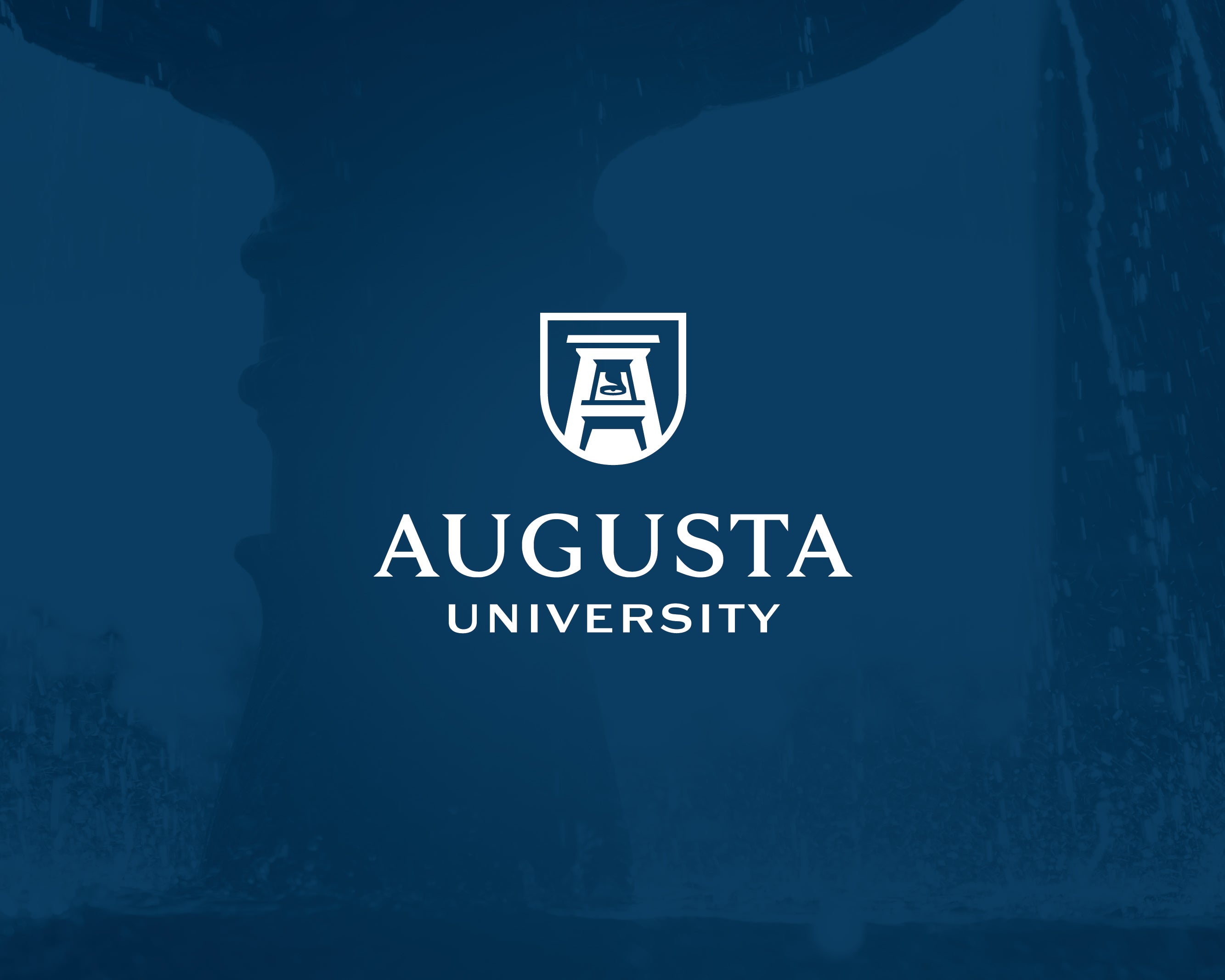Boise State University is Idaho’s largest university and rapidly growing with an enrollment of nearly 24000 in Fall 2021 and a student population including a large number of Hispanics/Latinos (~15%). Two sections of ACE math courses per semester, taught by two instructors. Approximately 60 PSETs participants in the project each semester (fall and spring), most of them are Sophomores or Juniors.

Augusta University is designated as one of the four research universities by the University System of Georgia with an enrollment of about 9000 students in Fall 2021. The University includes a diverse student population with about 52% of students in minority. K-8 teacher education programs are separated into the Early Childhood Teacher Program (K-5 teachers) and the Middle School Teacher Program (6 – 8). Approximately 20 PSETs participate in the project each semester (fall and spring).

Kapi’olani Community College is the second largest Community College at the University of Hawai‘i system with an enrollment of nearly 6,000 students in Fall 2022 and a student population including a significant number of Native Hawaiian (~24%). The College motto is “Kūlia I Ka Nu’u” (Strive for the Highest!). Kapi’olani offers two sections of ACE math course per year, taught by one instructor. Approximately 30 PSETs participants who aims at becoming educators are engaged in the project each year.

UTSA is a 4-year large Hispanic serving university with more than 51 percent Hispanic students. Nearly half of UTSA students are the first in their families to earn a college degree. UTSA has one section of an ACE math course taught by one instructor. Approximately 30 PSETs participants each fall and spring semester, most of them are freshmen or sophomores.

This material is based upon work supported by the National Science Foundation under Grant No. 2111549. Any opinions, findings, and conclusions or recommendations expressed in this material are those of the author(s) and do not necessarily reflect the views of the National Science Foundation.